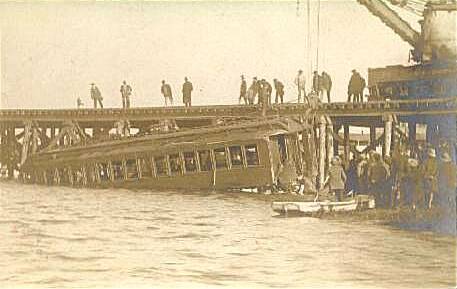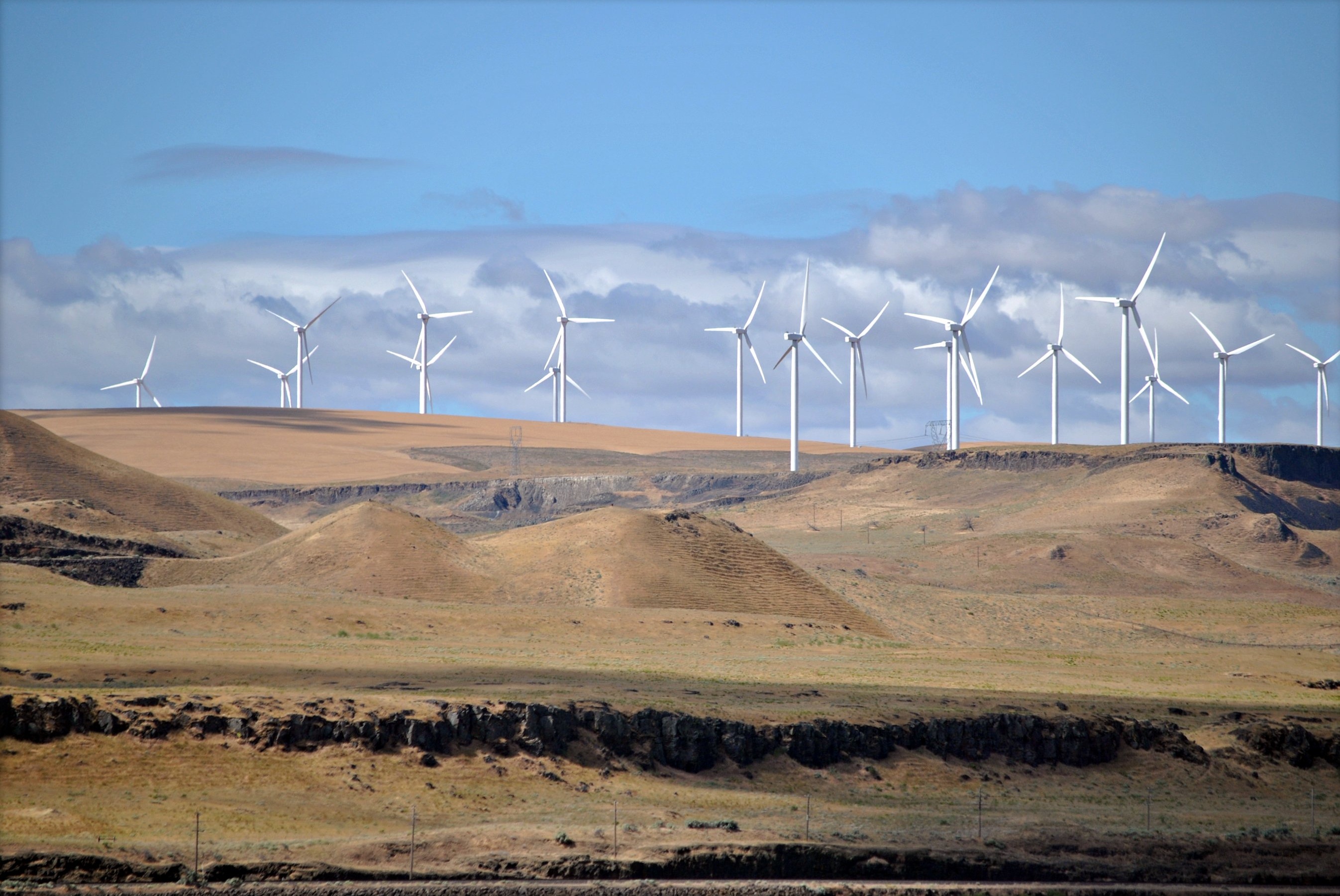|
Atlantic County Utilities Authority
Atlantic County Utilities Authority (ACUA) is a public agency in Atlantic County, New Jersey, that is responsible for enhancing quality of life through the protection of waters and lands from pollution by providing responsible waste management services. History The Atlantic County Utilities Authority was formed in the late 1960s by the Atlantic County Board of Freeholders and charged with developing a comprehensive approach to wastewater management. At that time, Atlantic County had more than 20 small, outdated sewage treatment plants, most of which discharged effluent into streams, tidal waters and other surface waters. Over the years, the situation resulted in the degradation of the county's fresh water resources, estuaries and marine environments. With the construction of the Coastal Region Wastewater Treatment Plant in 1978, conditions began to improve. Since that time the system has been expanded to serve the needs of residential and commercial development throughout the c ... [...More Info...] [...Related Items...] OR: [Wikipedia] [Google] [Baidu] |
Atlantic County, New Jersey
Atlantic County is a county located along the southern coast of the U.S. state of New Jersey. As of the 2020 U.S. census, the county had a population of 274,534.DP1 - Profile of General Population and Housing Characteristics: 2010 Demographic Profile Data for Atlantic County, New Jersey . Accessed September 30, 2013. Its is the [...More Info...] [...Related Items...] OR: [Wikipedia] [Google] [Baidu] |
Waste Management
Waste management or waste disposal includes the processes and actions required to manage waste from its inception to its final disposal. This includes the collection, transport, treatment and disposal of waste, together with monitoring and regulation of the waste management process and waste-related laws, technologies, economic mechanisms. Waste can be solid, liquid, or gases and each type has different methods of disposal and management. Waste management deals with all types of waste, including industrial, biological, household, municipal, organic, biomedical, radioactive wastes. In some cases, waste can pose a threat to human health. Health issues are associated throughout the entire process of waste management. Health issues can also arise indirectly or directly. Directly, through the handling of solid waste, and indirectly through the consumption of water, soil and food. Waste is produced by human activity, for example, the extraction and processing of raw mate ... [...More Info...] [...Related Items...] OR: [Wikipedia] [Google] [Baidu] |
Sewage Treatment
Sewage treatment (or domestic wastewater treatment, municipal wastewater treatment) is a type of wastewater treatment which aims to remove contaminants from sewage to produce an effluent that is suitable for discharge to the surrounding environment or an intended reuse application, thereby preventing water pollution from raw sewage discharges. Sewage contains wastewater from households and businesses and possibly pre-treated industrial wastewater. There are a high number of sewage treatment processes to choose from. These can range from decentralized systems (including on-site treatment systems) to large centralized systems involving a network of pipes and pump stations (called sewerage) which convey the sewage to a treatment plant. For cities that have a combined sewer, the sewers will also carry urban runoff (stormwater) to the sewage treatment plant. Sewage treatment often involves two main stages, called primary and secondary treatment, while advanced treatment a ... [...More Info...] [...Related Items...] OR: [Wikipedia] [Google] [Baidu] |
Effluent
Effluent is wastewater from sewers or industrial outfalls that flows directly into surface waters either untreated or after being treated at a facility. The term has slightly different meanings in certain contexts, and may contain various pollutants depending on the source. Treating wastewater efficiently is challenging, but improved technology allows for enhanced removal of specific materials, increased re-use of water, and energy production from waste. Definition Effluent is defined by the United States Environmental Protection Agency (EPA) as "wastewater–treated or untreated–that flows out of a treatment plant, sewer, or industrial outfall. Generally refers to wastes discharged into surface waters". The ''Compact Oxford English Dictionary'' defines effluent as "liquid waste or sewage discharged into a river or the sea". Wastewater is not usually described as effluent while being recycled, re-used, or treated until it is released to surface water. Wastewater percolat ... [...More Info...] [...Related Items...] OR: [Wikipedia] [Google] [Baidu] |
Estuaries
An estuary is a partially enclosed coastal body of brackish water with one or more rivers or streams flowing into it, and with a free connection to the open sea. Estuaries form a transition zone between river environments and maritime environments and are an example of an ecotone. Estuaries are subject both to marine influences such as tides, waves, and the influx of saline water, and to fluvial influences such as flows of freshwater and sediment. The mixing of seawater and freshwater provides high levels of nutrients both in the water column and in sediment, making estuaries among the most productive natural habitats in the world. Most existing estuaries formed during the Holocene epoch with the flooding of river-eroded or glacially scoured valleys when the sea level began to rise about 10,000–12,000 years ago. Estuaries are typically classified according to their geomorphological features or to water-circulation patterns. They can have many different names, such as bay ... [...More Info...] [...Related Items...] OR: [Wikipedia] [Google] [Baidu] |
Jersey-Atlantic Wind Farm
The Jersey-Atlantic Wind Farm in Atlantic City, New Jersey is the first coastal wind farm in the United States and the first wind farm in New Jersey. It became operational in March 2006 and consists of five 1.5 MW turbines built by General Electric General Electric Company (GE) is an American multinational conglomerate founded in 1892, and incorporated in New York state and headquartered in Boston. The company operated in sectors including healthcare, aviation, power, renewable energ .... Each wind turbine reaches a height of . The wind farm is located onshore at the Atlantic County Utilities Authority (ACUA) Wastewater Treatment Plant on U.S. Route 30 and is visible from highways approaching Atlantic City. The treatment plant uses approximately 50% of the wind-generated capacity from the wind turbines, providing about 60% of the wastewater plant's electricity needs, with the remaining energy being provided to the main power grid for resale as premium renewable e ... [...More Info...] [...Related Items...] OR: [Wikipedia] [Google] [Baidu] |
Solar Panels
A solar cell panel, solar electric panel, photo-voltaic (PV) module, PV panel or solar panel is an assembly of photovoltaic solar cells mounted in a (usually rectangular) frame, and a neatly organised collection of PV panels is called a photovoltaic system or solar array. Solar panels capture sunlight as a source of radiant energy, which is converted into electric energy in the form of direct current (DC) electricity. Arrays of a photovoltaic system can be used to generate solar electricity that supplies electrical equipment directly, or feeds power back into an alternate current (AC) grid via an inverter system. History In 1839, the ability of some materials to create an electrical charge from light exposure was first observed by the French physicist Edmond Becquerel. Though these initial solar panels were too inefficient for even simple electric devices, they were used as an instrument to measure light. The observation by Becquerel was not replicated again un ... [...More Info...] [...Related Items...] OR: [Wikipedia] [Google] [Baidu] |
100% Renewable Energy
100% renewable energy means getting all energy from renewable resources. The endeavor to use 100% renewable energy for electricity, heating, cooling and transport is motivated by climate change, pollution and other environmental issues, as well as economic and energy security concerns. Shifting the total global primary energy supply to renewable sources requires a transition of the energy system, since most of today's energy is derived from non-renewable fossil fuels. Research into this topic is fairly new, with very few studies published before 2009, but has gained increasing attention in recent years. The majority of studies show that a global transition to 100% renewable energy across all sectors – power, heat, transport and desalination – is feasible and economically viable. A cross-sectoral, holistic approach is seen as an important feature of 100% renewable energy systems and is based on the assumption "that the best solutions can be found only if one focus ... [...More Info...] [...Related Items...] OR: [Wikipedia] [Google] [Baidu] |
Geothermal Heating
Geothermal heating is the direct use of geothermal energy for some heating applications. Humans have taken advantage of geothermal heat this way since the Paleolithic era. Approximately seventy countries made direct use of a total of 270 PJ of geothermal heating in 2004. As of 2007, 28 GW of geothermal heating capacity is installed around the world, satisfying 0.07% of global primary energy consumption. Thermal efficiency is high since no energy conversion is needed, but capacity factors tend to be low (around 20%) since the heat is mostly needed in the winter. Geothermal energy originates from the heat retained within the Earth since the original formation of the planet, from radioactive decay of minerals, and from solar energy absorbed at the surface. Most high temperature geothermal heat is harvested in regions close to tectonic plate boundaries where volcanic activity rises close to the surface of the Earth. In these areas, ground and groundwater can be found with tempera ... [...More Info...] [...Related Items...] OR: [Wikipedia] [Google] [Baidu] |
Hybrid Vehicle
A hybrid vehicle is one that uses two or more distinct types of power, such as submarines that use diesel when surfaced and batteries when submerged. Other means to store energy include pressurized fluid in hydraulic hybrids. The basic principle with hybrid vehicles is that the different motors work better at different speeds; the electric motor is more efficient at producing torque, or turning power, and the combustion engine is better for maintaining high speed than a typical electric motor. Switching from one to the other at the proper time while speeding up yields a win-win in terms of energy efficiency, such that it translates into greater fuel efficiency. Vehicle types Two-wheeled and cycle-type vehicles Mopeds, electric bicycles, and even electric kick scooters are a simple form of a hybrid, powered by an internal combustion engine or electric motor and the rider's muscles. Early prototype motorcycles in the late 19th century used the same principle. * In a ... [...More Info...] [...Related Items...] OR: [Wikipedia] [Google] [Baidu] |
Environment Of New Jersey
New Jersey is a state within the United States of America that lies on the north eastern edge of the North American continent. It shares a land border with the state of New York along the north, ratified by both states after the New York – New Jersey Line War, which is its only straight line border. New Jersey is slightly larger than the country of Kuwait. The Atlantic Ocean is east of the state. It is separated from New York, in particular the boroughs of the Bronx and Manhattan in New York City by the Hudson River, and from Staten Island by the Kill van Kull and the Arthur Kill. Liberty Island is an exclave of State of New York in New Jersey waters in Upper New York Bay. Ellis Island, also in the Upper Bay, and Shooter's Island, in Newark Bay, each have sections belonging to either of the two states. On its west, New Jersey is flanked by the Delaware River that forms its border with the Commonwealth of Pennsylvania and Delaware Bay which separates New Jersey from the Sta ... [...More Info...] [...Related Items...] OR: [Wikipedia] [Google] [Baidu] |







.jpg)